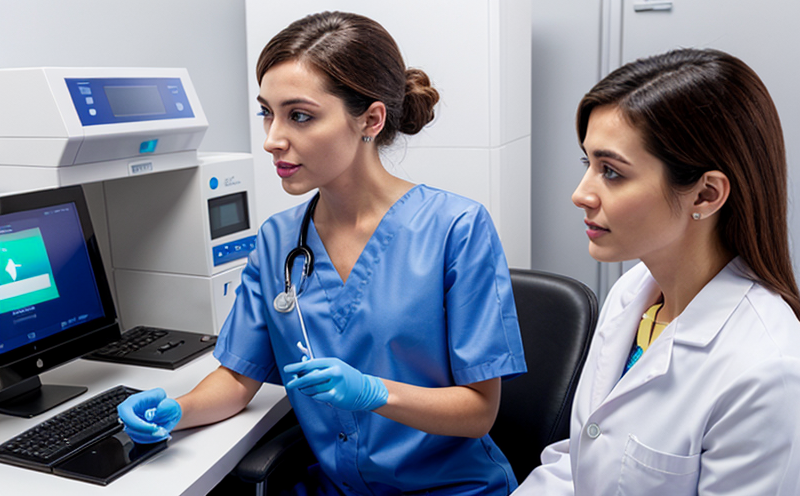Molecular Detection of Escherichia coli O157:H7 in Meat
The detection and identification of Escherichia coli O157:H7 in meat is crucial for ensuring food safety. This bacterium can cause severe gastrointestinal illness, hemolytic uremic syndrome (HUS), and other complications. Therefore, the molecular detection method offers a reliable approach to identifying this pathogen.
Molecular techniques such as polymerase chain reaction (PCR) are widely used in the laboratory for detecting E. coli O157:H7. These methods involve specific primers designed to target genetic material unique to this strain, allowing for high specificity and sensitivity in detection. The process typically begins with sample collection from meat products, followed by DNA extraction using appropriate protocols.
The choice of primer sets is critical; they must be validated against known strains to ensure accurate identification. For instance, primers targeting the ompT, stx1, or stx2 genes can reliably identify E. coli O157:H7. It’s essential that these reagents are sourced from reputable suppliers to guarantee their accuracy and reliability.
After DNA extraction, the sample is amplified using PCR technology. Real-time quantitative PCR (qPCR) is preferred due to its ability to provide both qualitative and quantitative data on the presence of the target sequence. This allows laboratories to not only confirm the presence but also estimate the concentration levels of E. coli O157:H7 in a given sample.
The amplified products are then subjected to electrophoretic separation, typically using agarose gel electrophoresis or capillary electrophoresis, to visualize the specific bands corresponding to the target gene. This step is crucial for confirming the presence of E. coli O157:H7. The results obtained are analyzed by comparing them with reference standards and established cut-off values.
The accuracy and reproducibility of this method are ensured through rigorous quality control measures, including positive and negative controls, standard operating procedures (SOPs), and regular calibration of equipment. This ensures that the results reported are reliable and meet regulatory requirements.
Regulatory bodies like the Food and Drug Administration (FDA) and the World Health Organization (WHO) have set guidelines for ensuring food safety, which include stringent testing protocols for identifying pathogens such as E. coli O157:H7. Laboratories adhering to these standards provide confidence that their results are accurate and compliant.
The molecular detection of E. coli O157:H7 is not only important in meat but also extends to other food products where contamination with this pathogen might occur. By implementing this method, laboratories can help ensure the safety of food products reaching consumers, thereby protecting public health.
In conclusion, molecular detection provides a robust and reliable means for identifying E. coli O157:H7 in meat, ensuring that food products meet stringent quality control standards and regulatory requirements.
Applied Standards
| Standard Name | Description |
|---|---|
| ISO 6579:2012 | Guidelines for the Detection of Salmonella spp. in Foods |
| ASTM E2318-14 | Standard Guide for Sampling and Testing Ground Meat |
| EN 967:2015 | Method for the determination of coliform bacteria in food products |
| IEC 62368-1 | Safety of information technology equipment—Part 1: General requirements |
Eurolab Advantages
At Eurolab, we offer comprehensive molecular detection services for E. coli O157:H7 in meat products. Our advanced laboratory facilities and experienced staff ensure that our testing meets the highest standards of accuracy and reliability.
- State-of-the-art PCR equipment
- Well-trained and certified personnel
- Comprehensive quality control measures
- Use of validated reagents and primers
- Accurate and rapid reporting
We are committed to providing clients with reliable results that meet regulatory requirements. Our services include not only the detection of E. coli O157:H7 but also other pathogens as required by our customers.
Environmental and Sustainability Contributions
- Reduces foodborne illnesses through accurate pathogen detection
- Aids in the prevention of outbreaks by identifying contaminated batches early
- Promotes safer meat production practices
- Supports regulatory compliance with international standards
- Contributes to public health safety and welfare
The molecular detection method not only ensures food safety but also plays a role in broader sustainability efforts by supporting the development of safer, more sustainable food systems.





